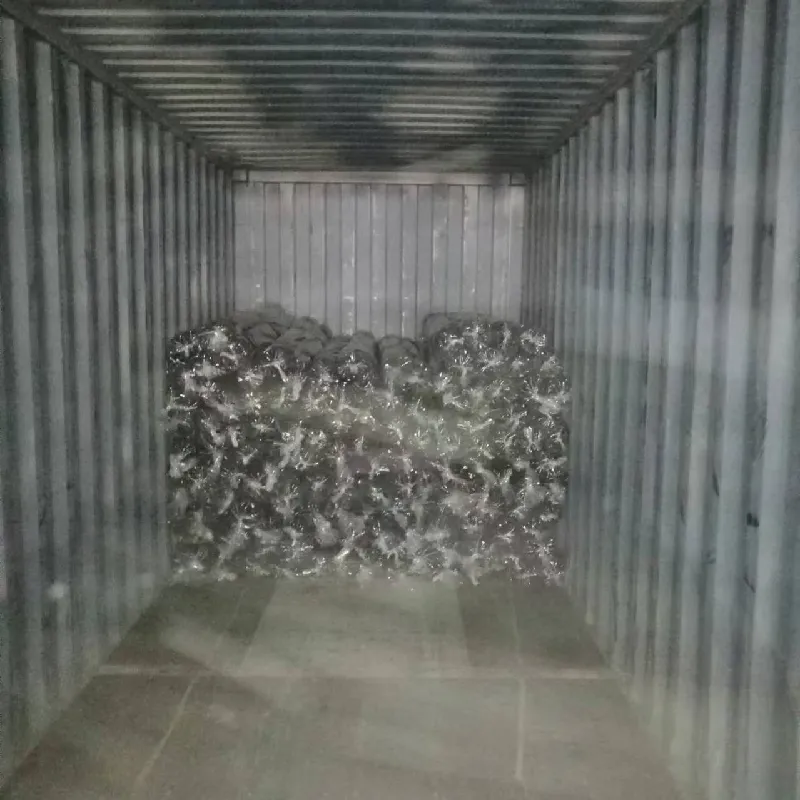-
 Afrikaans
Afrikaans -
 Albanian
Albanian -
 Amharic
Amharic -
 Arabic
Arabic -
 Armenian
Armenian -
 Azerbaijani
Azerbaijani -
 Basque
Basque -
 Belarusian
Belarusian -
 Bengali
Bengali -
 Bosnian
Bosnian -
 Bulgarian
Bulgarian -
 Catalan
Catalan -
 Cebuano
Cebuano -
 China
China -
 Corsican
Corsican -
 Croatian
Croatian -
 Czech
Czech -
 Danish
Danish -
 Dutch
Dutch -
 English
English -
 Esperanto
Esperanto -
 Estonian
Estonian -
 Finnish
Finnish -
 French
French -
 Frisian
Frisian -
 Galician
Galician -
 Georgian
Georgian -
 German
German -
 Greek
Greek -
 Gujarati
Gujarati -
 Haitian Creole
Haitian Creole -
 hausa
hausa -
 hawaiian
hawaiian -
 Hebrew
Hebrew -
 Hindi
Hindi -
 Miao
Miao -
 Hungarian
Hungarian -
 Icelandic
Icelandic -
 igbo
igbo -
 Indonesian
Indonesian -
 irish
irish -
 Italian
Italian -
 Japanese
Japanese -
 Javanese
Javanese -
 Kannada
Kannada -
 kazakh
kazakh -
 Khmer
Khmer -
 Rwandese
Rwandese -
 Korean
Korean -
 Kurdish
Kurdish -
 Kyrgyz
Kyrgyz -
 Lao
Lao -
 Latin
Latin -
 Latvian
Latvian -
 Lithuanian
Lithuanian -
 Luxembourgish
Luxembourgish -
 Macedonian
Macedonian -
 Malgashi
Malgashi -
 Malay
Malay -
 Malayalam
Malayalam -
 Maltese
Maltese -
 Maori
Maori -
 Marathi
Marathi -
 Mongolian
Mongolian -
 Myanmar
Myanmar -
 Nepali
Nepali -
 Norwegian
Norwegian -
 Norwegian
Norwegian -
 Occitan
Occitan -
 Pashto
Pashto -
 Persian
Persian -
 Polish
Polish -
 Portuguese
Portuguese -
 Punjabi
Punjabi -
 Romanian
Romanian -
 Russian
Russian -
 Samoan
Samoan -
 Scottish Gaelic
Scottish Gaelic -
 Serbian
Serbian -
 Sesotho
Sesotho -
 Shona
Shona -
 Sindhi
Sindhi -
 Sinhala
Sinhala -
 Slovak
Slovak -
 Slovenian
Slovenian -
 Somali
Somali -
 Spanish
Spanish -
 Sundanese
Sundanese -
 Swahili
Swahili -
 Swedish
Swedish -
 Tagalog
Tagalog -
 Tajik
Tajik -
 Tamil
Tamil -
 Tatar
Tatar -
 Telugu
Telugu -
 Thai
Thai -
 Turkish
Turkish -
 Turkmen
Turkmen -
 Ukrainian
Ukrainian -
 Urdu
Urdu -
 Uighur
Uighur -
 Uzbek
Uzbek -
 Vietnamese
Vietnamese -
 Welsh
Welsh -
 Bantu
Bantu -
 Yiddish
Yiddish -
 Yoruba
Yoruba -
 Zulu
Zulu
plastic net
The Impact of Plastic Nets on Our Environment
In recent years, the proliferation of plastic products has raised significant concerns about their impact on the environment. Among these, plastic nets, often used in a variety of industries such as fishing, agriculture, and construction, have garnered attention due to their durability and versatility. However, their widespread use comes with serious environmental implications.
Plastic nets are commonly employed in fisheries around the world. They are designed to withstand the rigors of oceanic conditions and to capture fish efficiently. However, when these nets become lost or discarded, they contribute to a growing problem known as ghost fishing. Ghost fishing occurs when abandoned nets continue to trap marine animals, causing suffering and fatalities. Marine species, including fish, sea turtles, and mammals, can become ensnared, leading to decreased biodiversity and disturbing the balance of marine ecosystems. Studies have shown that a significant percentage of marine litter is composed of discarded fishing gear, and plastic nets are a major contributor.
In agriculture, plastic nets are used for various purposes, including protecting crops from pests and birds. While they can enhance crop yields and foster food production, their environmental footprint cannot be ignored. Like fishing nets, agricultural plastic nets can be lost or improperly disposed of, leading to soil and water pollution. Furthermore, the production of these plastic nets requires fossil fuels and contributes to greenhouse gas emissions, exacerbating climate change.
plastic net

The lifecycle of plastic nets raises additional concerns. They can take hundreds of years to decompose, lingering in the environment and breaking down into microplastics. These tiny particles have infiltrated our soil, waterways, and even the air we breathe, posing risks to both wildlife and human health. Microplastics have been found in the stomachs of marine creatures and terrestrial animals, leading scientists to worry about their potential to enter the food chain.
Addressing the issue of plastic nets requires a multi-faceted approach. Implementing stricter regulations on the disposal and production of plastic fishing and agricultural nets is vital. Encouraging the use of biodegradable alternatives can significantly reduce the environmental impact. Additionally, initiatives to retrieve lost or discarded nets from oceans and agricultural fields are essential to mitigate their harmful effects.
Public awareness is also crucial. By educating consumers and industries about the consequences of plastic net pollution, we can foster a culture of responsibility. Sustainable practices, such as recycling and reusing materials, will help create a cleaner and healthier environment.
In conclusion, while plastic nets serve important functions across various industries, their environmental implications cannot be overlooked. A collective effort is needed to reduce their prevalence and impact, ensuring a sustainable future for our planet.
-
Stainless Steel Mesh SolutionsNewsMay.06,2025
-
Protecting Your Farm with Smart SolutionsNewsMay.06,2025
-
Practical Mesh Solutions for Your Home and GardenNewsMay.06,2025
-
Nylon Mesh SolutionsNewsMay.06,2025
-
Fish Breeding Nets for AquariumsNewsMay.06,2025
-
Essential Mesh Solutions for ConstructionNewsMay.06,2025











